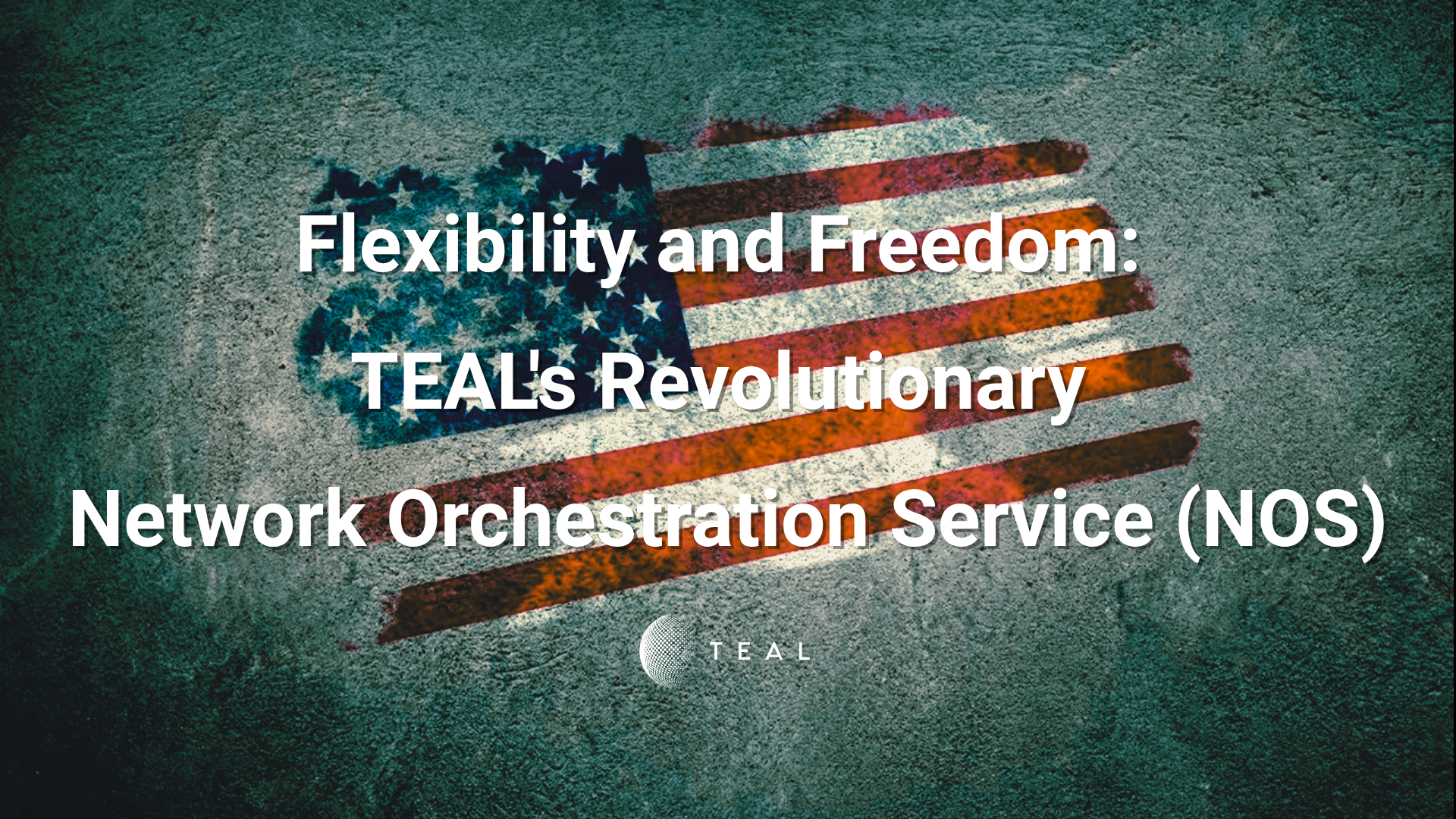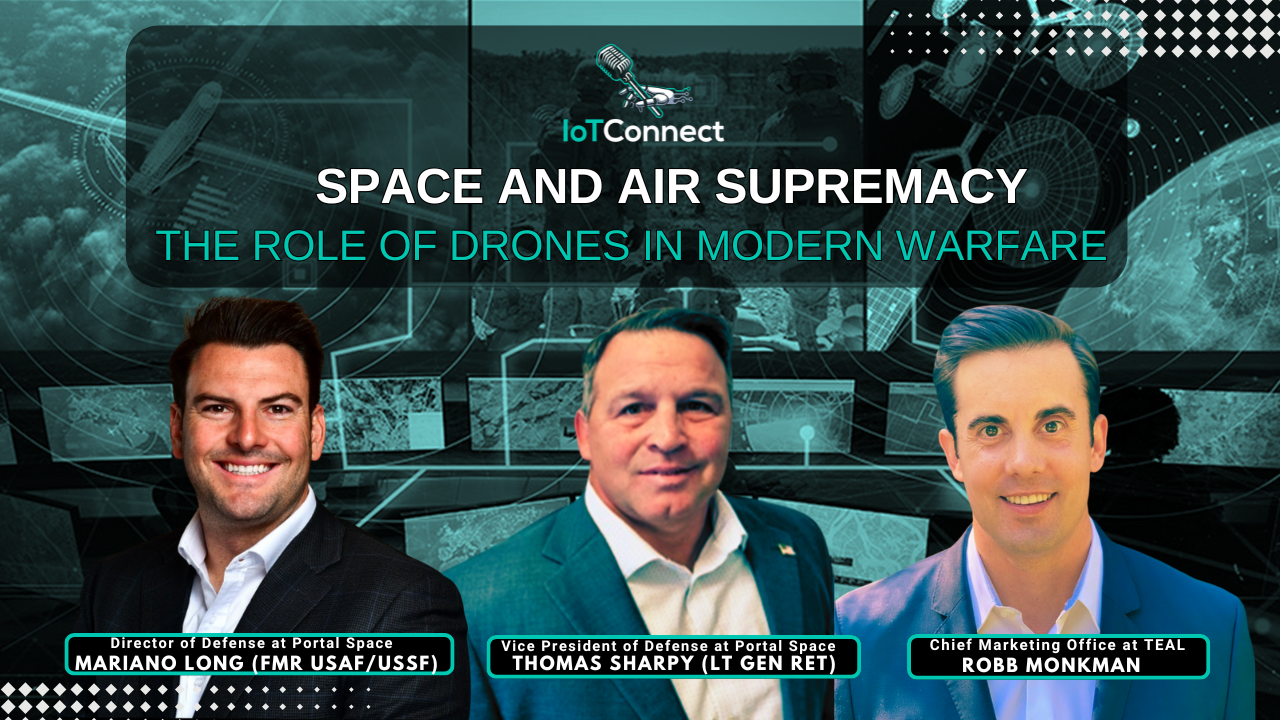Always-On Smart Sensors: Solving the Connectivity Challenge

IoT isn’t really about the internet. It’s not even about things. It’s about connections. Think of an IoT system as a series of data-sharing events enabled by devices—along with computing power, software, and connectivity technologies that round out the ecosystem. Data flows to devices for over-the-air (OTA) control and software updates. At the same time, data flows from devices to other devices, digital systems, or user platforms.
But where does the data come from? More often than not, it’s generated by smart sensors. Take any machine—a forging press, a refrigerated trailer, an onshore oil tank—and add smart sensors to create a valuable IoT asset. Or just drop sensors themselves into any environment you need to evaluate. Smart sensors both generate and transmit the data that empowers predictive maintenance, automated compliance reporting, real-time logistics updates, and so much more.
These capabilities explain why IoT is a pillar of the honest-to-goodness Fourth Industrial Revolution. By 2030, McKinsey says IoT will unleash up to $12.6 trillion in global value. A lot of that value depends on smart sensors—and smart sensors simply aren’t smart if they’re not connected. Here’s how IoT users can solve the connectivity challenges associated with smart sensors, particularly those that need 100% uptime.
“Take any machine—a forging press, a refrigerated trailer, an onshore oil tank—and add smart sensors to create a valuable IoT asset.”
-TEAL
Smart Sensors Connectivity
In many IoT use cases, failure is not an option. Think of heavily regulated cold chains, driverless vehicles, smart traffic lights, IoT medical devices, telesurgery, smart power grids, and many, many more. The sensors behind these systems have to be more than reliable: They must be always on. To build an always-on smart sensor, IoT providers have to ensure always-on connectivity. That’s not always easy. Luckily, eSIM platforms help break down these technological barriers.
Top Connectivity Challenges for Smart Sensors
Here are five of the challenges that have limited connectivity for smart sensors, along with solutions that achieve the goal of always-on IoT.
#1: The Right Connectivity Technology
Smart sensors can access several connectivity technologies, and it’s not always easy to choose the right one. Depending on the use case, providers may choose Wi-Fi, LPWAN solutions, public cellular networks, private cellular networks, or even satellite systems. For always-on sensors, it’s safest to provide multiple means of connectivity—and the simplest way to achieve this flexibility is through cellular IoT modules with eSIM technology.
Unlike traditional SIM cards, eSIM chips support multiple user profiles and OTA credentialing. In other words, they provide access to cellular networks from any number of mobile network operators (MNOs). That includes public, private, LPWA, and satellite networks in a single chipset.
#2: Maintaining Connectivity During Outages
Even when your smart sensor works perfectly, mobile networks can fail. Storms may take down towers; bandwidth can be constricted. That means you can’t even approach 100 percent uptime without fail-over redundancy built into your IoT system.
With cellular connectivity powered by eSIM, devices can automatically connect to a second network if the first fails to deliver appropriate service. With multiple MNOs to choose from in many areas, that flexibility is crucial to reaching the goal of being always on.
#3: Connection in Different Coverage Areas
The sensors that power a smart home don’t have to move. But what about smart sensors in the logistics industry? What about fishing IoT, fleet/asset trackers, smart farming equipment, or self-driving vehicles?
The smart sensors in these cases travel through multiple MNO coverage areas. Roaming is cost-prohibitive and even limited or banned in some nations. eSIM can help with this challenge, too, by downloading MNO credentials as needed. That provides local connections wherever the sensor goes.
#4: Flexible Interoperability
Mobile networks themselves aren’t the only IoT elements that require appropriate credentials. Smart sensors may also have to interoperate with other devices. They’ll probably have to maintain access to the servers that store and process all the data they generate.
When you can update network credentials OTA, you can solve interoperability problems as they arise—and program new credentials for new elements of a growing, changing IoT ecosystem.
#5: Preventing Cyberattacks
Unfortunately, IoT doesn’t have the best track record for security. In 2021, for instance, hackers breached a casino server through a smart aquarium thermometer. If failure is not an option for your smart sensors, you must rely on highly secured networks.
With programmable eSIM and the right connectivity partner, devices get access to the latest and greatest cellular networks—including private and 5G networks, which offer better key management and more advanced authentication than LTE, WiFi, or Bluetooth. And with OTA updates for eSIM, you can change security credentials as needed.
Achieve Always-On Connectivity
Certainly, flexible cellular connectivity driven by eSIM technology is essential for the future of always-on smart sensors. But, like IoT itself, reliable connectivity isn’t a product you can buy. It’s an ongoing effort—another stream of processes. For that, you need a partner. An IoT connectivity partner manages relationships with all the top MNOs around the world, so your smart sensors can maintain connections no matter where they travel.
A connectivity platform gives you a simple user interface for managing your IoT fleet and the networks they use. Look for a connectivity provider like Teal that offers programmable eSIM technology, plus the flexibility and control you need to maintain reliable connections—because those connections are the key to achieving always-on smart sensors.
Find out if eSIM technology is right for your business. Schedule a meeting with a Teal IoT expert!
Read the original article on IoT For All.
Recent Posts
Empowering Freedom, Independence, and Control Through TEAL’s Network Orchestration Service (NOS)
Teal Communications Staff2025-07-03T16:40:46+00:00
Unlocking the Potential of Network Orchestration
Teal Communications Staff2025-07-02T20:45:42+00:00
New Podcast! Space and Air Supremacy: The Role of Drones in Modern Warfare
Teal Communications Staff2025-06-25T20:15:23+00:00




